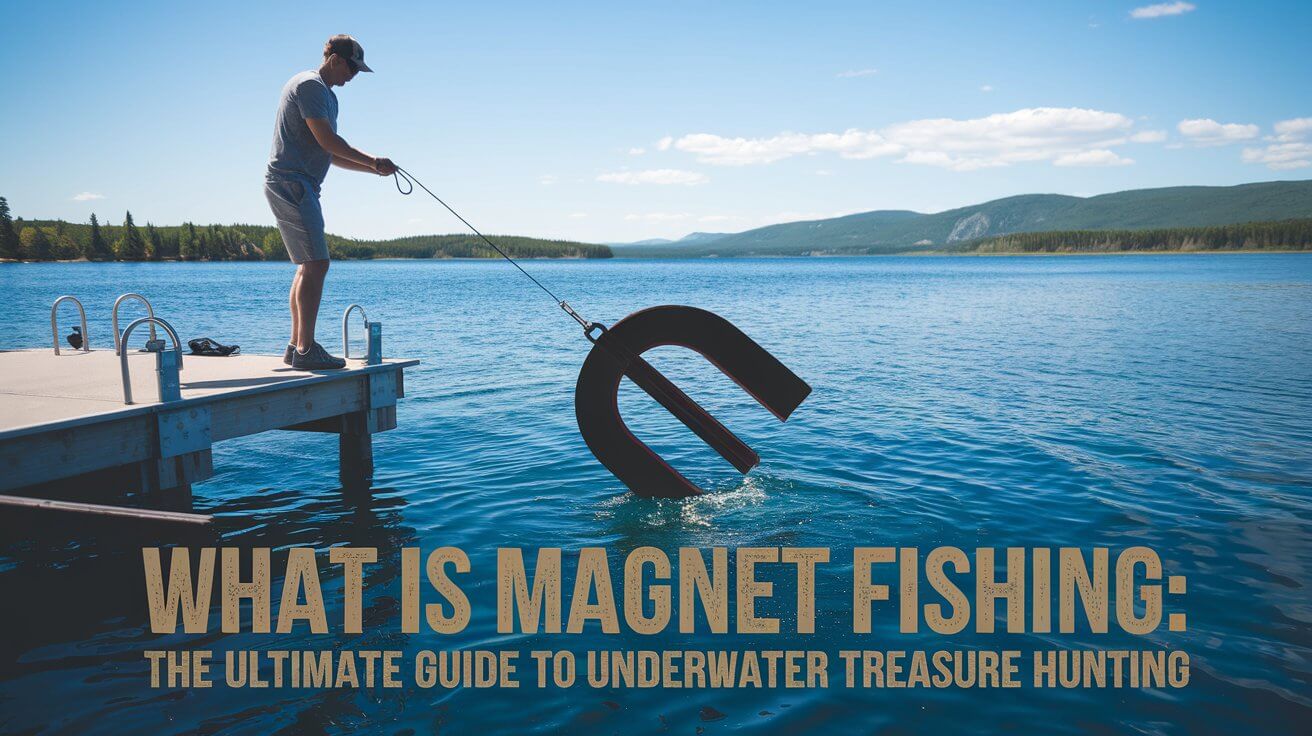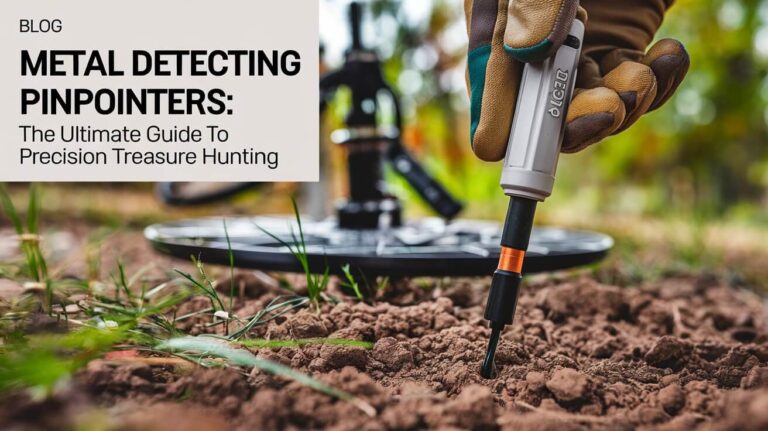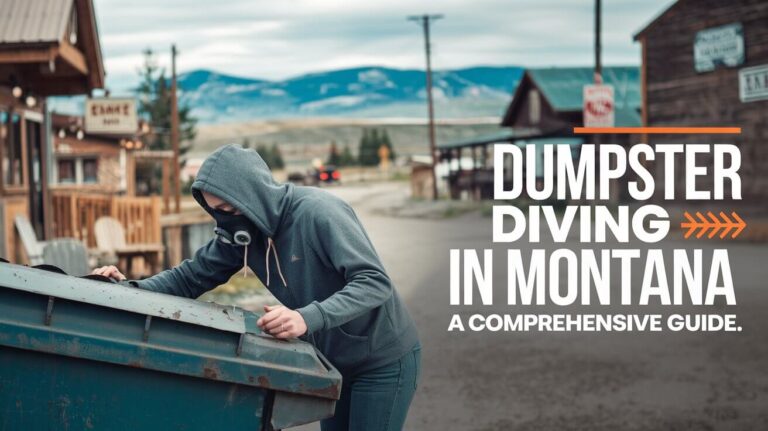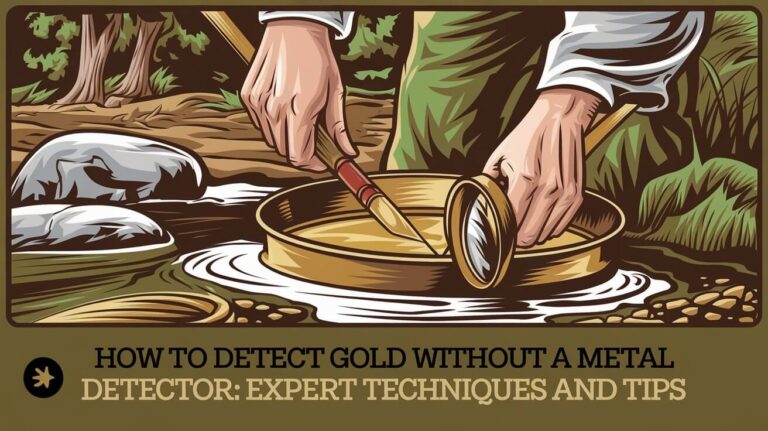
Magnet fishing is a hobby where people use strong magnets tied to ropes to search for metal objects in bodies of water. It’s like treasure hunting, but instead of a metal detector, you’re using a powerful magnet to pull ferrous objects from lakes, rivers, and canals. In this guide, we’ll explore everything you need to know about this exciting pastime.
Introduction to Magnet Fishing
Defining Magnet Fishing
Magnet fishing is pretty simple. You tie a strong magnet to a rope, toss it into water, and see what sticks. It’s a mix of treasure hunting, environmentalism, and good old-fashioned curiosity.
Brief History of Magnet Fishing
While people have been fishing with nets and rods for centuries, magnet fishing is a relatively new hobby. It started gaining popularity in the early 2010s, thanks to social media and online communities sharing their finds.
Growing Popularity of the Hobby
In recent years, magnet fishing has exploded in popularity. More and more people are grabbing magnets and heading to their local waterways. Why? It’s fun, it’s cheap to start, and there’s always a chance of finding something amazing.
The Basics of Magnet Fishing
How Magnet Fishing Works
It’s pretty straightforward:
- Tie a strong magnet to a rope
- Throw the magnet into water
- Drag it along the bottom
- Pull it up and see what you’ve caught
Sounds easy, right? It is! But there’s more to it if you want to be successful.
The Science Behind Magnet Fishing
Magnet fishing relies on the power of neodymium magnets. These aren’t your fridge magnets – they’re super strong rare-earth magnets that can pull hundreds of pounds.
When you drag a neodymium magnet through water, it creates a magnetic field. Any ferromagnetic metals (like iron, nickel, or cobalt) within that field will be attracted to the magnet.
Types of Magnets Used in Magnet Fishing
There are a few types of magnets used in this hobby:
- Single-sided magnets: Great for beginners
- Double-sided magnets: More surface area to catch things
- 360-degree magnets: Can catch objects from any angle
The strength of these magnets is measured in pounds or kilograms of pull force. A good starter magnet might have 500 pounds of pull force, while more experienced magnet fishers might use magnets with 1000 pounds or more.
Essential Magnet Fishing Equipment
Choosing the Right Magnet
Picking your magnet is crucial. Consider:
- Strength: Higher pull force means you can catch heavier objects
- Size: Bigger isn’t always better – it depends on where you’re fishing
- Shape: Different shapes work better in different environments
For beginners, a 500-pound pull force, single-sided magnet is a good start.
Selecting a Suitable Rope
Your rope is just as important as your magnet. Look for:
- Strength: It needs to handle the weight of your finds
- Length: 50 to 100 feet is usually good
- Material: Nylon or polypropylene work well
Remember, if your rope breaks, you lose your magnet and your find!
Additional Gear for Magnet Fishing
Don’t forget these essentials:
- Gloves: Protect your hands from sharp objects and rope burn
- Bucket: To carry your finds
- Grappling hook: For snagging non-magnetic objects
- First aid kit: Safety first!
Where to Go Magnet Fishing
Best Locations for Magnet Fishing
Good spots for magnet fishing include:
- Bridges: People often drop things off bridges
- Docks: Lots of foot traffic means lots of dropped items
- Old swimming holes: Where people swim, they lose things
- Historical sites: You might find some real treasures here
Always make sure you have permission to magnet fish in these areas.
Urban vs. Rural Magnet Fishing Spots
Urban areas often yield more modern finds like keys, tools, and bikes. Rural spots might have older, more historical items. Both can be fun – it just depends on what you’re looking for.
Historical Sites and Their Potential
Magnet fishing near historical sites can be exciting. You might find old coins, artifacts, or even weapons. Just be aware that in some places, removing historical artifacts is illegal. Always check local laws before you fish.
The Thrill of the Catch: What Can You Find?
Common Magnet Fishing Finds
Most magnet fishers regularly find:
- Nails and screws
- Fishing hooks and lures
- Bike parts
- Tools
- Keys
These might not be exciting, but they’re still fun to pull up!
Rare and Valuable Discoveries
Sometimes, magnet fishers strike gold (well, iron). Some amazing finds include:
- Safes (sometimes with contents intact)
- Antique weapons
- Historical artifacts
- Jewelry (if it’s attached to something magnetic)
Historical Artifacts and Their Significance
Finding historical artifacts can be thrilling. It’s like touching a piece of the past. But remember, if you find something that looks historically significant, it’s best to contact local authorities or historians. These items might be important for understanding our history.
Magnet Fishing Techniques and Tips
Basic Magnet Fishing Methods
Start with these simple techniques:
- Cast and retrieve: Throw your magnet out and slowly pull it back
- Drag and pull: Let your magnet sink and drag it along the bottom
- Spot fishing: Focus on areas where objects are likely to gather
Advanced Techniques for Experienced Fishers
As you get better, try:
- Fan casting: Cast in a fan pattern to cover more area
- Bridge walking: Walk along a bridge, casting and retrieving as you go
- Boat fishing: Use a boat to access deeper waters
Safety Precautions in Magnet Fishing
Stay safe while you fish:
- Wear gloves to protect your hands
- Be careful of sharp objects you might pull up
- Don’t magnet fish alone in remote areas
- If you find anything dangerous (like weapons or explosives), call the authorities immediately
The Environmental Impact of Magnet Fishing
Cleaning Up Waterways
One of the best things about magnet fishing is that it helps clean up our waterways. Every piece of metal you remove is one less pollutant in the water.
Recycling and Proper Disposal of Finds
Don’t just throw away your finds. Recycle what you can. For things you can’t recycle, dispose of them properly. Some magnet fishers even turn their finds into art!
Balancing Hobby and Conservation
While magnet fishing can help clean up waterways, be mindful of the environment. Don’t disturb wildlife or plant life. And remember, not everything you find should be removed – some objects might provide habitats for aquatic life.
Legal Aspects of Magnet Fishing
Is Magnet Fishing Legal?
The legality of magnet fishing varies by location. In many places, it’s perfectly legal. In others, you might need a permit. Some areas prohibit it entirely.
Regulations and Permits
Before you start magnet fishing, check local laws. You might need:
- A fishing license
- Permission from the landowner
- A permit from local authorities
It’s better to check first than to get in trouble later.
Handling Potentially Dangerous Finds
If you find something dangerous:
- Don’t touch it
- Mark the location
- Call the authorities immediately
This is especially important for weapons or explosives.
The Magnet Fishing Community
Online Forums and Social Media Groups
The magnet fishing community is active online. You can find groups on:
- YouTube
These are great places to share finds, get advice, and connect with other magnet fishers.
Local Magnet Fishing Clubs
Many areas have local magnet fishing clubs. These are great for:
- Meeting other enthusiasts
- Learning new techniques
- Organizing group outings
Check online or at your local outdoor stores to find clubs near you.
Magnet Fishing Events and Competitions
Some places hold magnet fishing events or competitions. These can be a fun way to:
- Test your skills
- Meet other magnet fishers
- Potentially win prizes
Keep an eye out for events in your area.
Magnet Fishing as a Family Activity
Age-Appropriate Magnet Fishing
Magnet fishing can be a great family activity. For younger kids, try:
- Using lighter magnets
- Fishing in shallow water
- Making it a game (who can find the most objects?)
Always supervise children closely around water.
Educational Benefits for Children
Magnet fishing can teach kids about:
- History
- Environmental conservation
- Physics (how magnets work)
- Patience and persistence
It’s a fun way to learn outside the classroom.
Building Family Bonds Through Magnet Fishing
Magnet fishing is a great way to spend time together as a family. It’s a shared adventure where everyone can participate. Plus, it gets everyone outdoors and away from screens.
Monetizing Your Magnet Fishing Hobby
Selling Valuable Finds
Some magnet fishers make money by selling their finds. This might include:
- Scrap metal
- Antiques
- Restored items (like old tools)
Just make sure you’re legally allowed to sell what you find.
Creating Content Around Magnet Fishing
Many magnet fishers share their adventures online through:
- YouTube videos
- Blogs
- Social media posts
With enough followers, this could lead to sponsorships or ad revenue.
Offering Magnet Fishing Services
Some people offer magnet fishing as a service. This might include:
- Retrieving lost items for people
- Cleaning up waterways for local governments
- Leading magnet fishing tours or classes
Challenges and Controversies in Magnet Fishing
Potential Risks and Hazards
Magnet fishing isn’t without risks:
- Sharp objects could cause injuries
- Strong magnets can be dangerous if not handled properly
- There’s always a risk around water
Always prioritize safety when magnet fishing.
Ethical Considerations
Some ethical questions to consider:
- Is it right to remove historical artifacts?
- What if you find something valuable – who does it belong to?
- How do you balance the hobby with environmental concerns?
These are questions every magnet fisher should think about.
Conflicts with Other Water Users
Sometimes, magnet fishing can conflict with:
- Traditional fishing
- Boating
- Swimming
Be respectful of others using the water and try to avoid busy areas.
The Future of Magnet Fishing
Technological Advancements in Magnet Fishing
The future might bring:
- Even stronger magnets
- Underwater cameras to see what you’re catching
- Apps to log and share finds
Who knows what magnet fishing will look like in a few years?
Growing Global Interest
Magnet fishing is spreading globally. More people are discovering the hobby every day. This could lead to:
- More magnet fishing products
- Increased regulation
- A larger, more connected community
Potential Impact on Archaeology and History
As magnet fishing grows, it could:
- Uncover important historical artifacts
- Help clean up waterways
- Raise awareness about water pollution
It’ll be interesting to see how the hobby affects our understanding of the past.
Conclusion: Is Magnet Fishing Right for You?
Weighing the Pros and Cons
Pros:
- Fun and exciting
- Helps clean the environment
- Potential to find valuable or historical items
Cons:
- Can be dangerous if not done safely
- Might be restricted in some areas
- Requires time and patience
Getting Started with Magnet Fishing
If you want to try magnet fishing:
- Check local laws
- Get a beginner’s magnet and rope
- Find a safe spot to fish
- Be patient and persistent
Final Thoughts on the Magnet Fishing Phenomenon
Magnet fishing is more than just a hobby. It’s a way to connect with history, help the environment, and maybe find some treasure along the way. Whether you’re in it for the thrill of the hunt or the satisfaction of cleaning up waterways, there’s something for everyone in magnet fishing. So why not give it a try? You never know what you might pull up from the depths!






